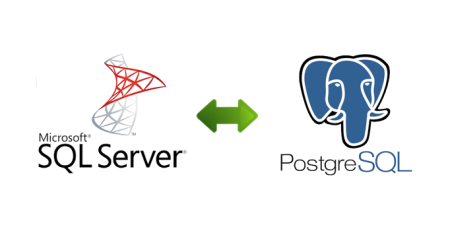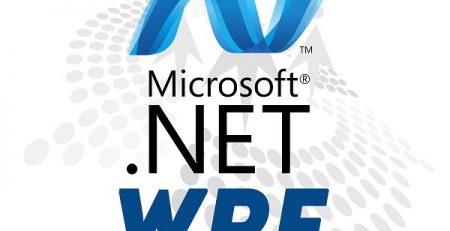Task vs. Thread in .NET: Choosing the Right Concurrency Model
Software development requires concurrency in order to take full advantage of the capabilities of current hardware, including multi-core CPUs. Tasks and Threads are the two main methods used in the .NET framework to manage concurrency. To assist you in selecting the best concurrency model for your .NET application, we’ll go over the distinctions between Tasks and Threads in this blog article along with some sample code.
Understanding Threads
The Thread class in .NET allows you to create and manage threads. Although threads provide more precise control over parallel processing, developers must bear greater responsibility when using them. This is a basic illustration of how to start and create a thread:
using System;
using System.Threading;
class Program
{
static void Main()
{
Thread thread = new Thread(() =>
{
Console.WriteLine("Thread is running.");
});
thread.Start();
thread.Join(); // Wait for the thread to finish.
}
}Because they offer low-level control over execution, threads are a good choice for working with old code or in situations where precise control is required. If not utilized appropriately, they might be error-prone and result in problems like race situations or deadlocks.
Harnessing the Power of Tasks
In contrast, tasks are a higher-level abstraction that were added to the.NET framework to make asynchronous and parallel programming easier. They make use of a thread pool that is controlled by the framework, which makes effective utilization of system resources possible. This is an instance of utilizing a Task:
using System;
using System.Threading.Tasks;
class Program
{
static async Task Main()
{
await Task.Run(() =>
{
Console.WriteLine("Task is running.");
});
}
}Tasks abstract away many of the complexities associated with thread management. They are particularly useful for I/O-bound or CPU-bound operations that you want to parallelize without dealing with low-level threading details. In addition, you can easily compose, wait for, and cancel tasks.
Choosing the Right Concurrency Model
The choice between Tasks and Threads depends on your specific requirements. Here are some considerations:
Use Threads when:
- You need precise control over thread creation and management.
- You are working with legacy code that uses threads.
- You want to interact with unmanaged code or system-specific APIs.
Use Tasks when:
- You want a higher-level, simplified approach to parallelism.
- You are performing I/O-bound or CPU-bound operations asynchronously.
- You need to take advantage of the .NET framework’s built-in task scheduler.
Conclusion
That said, there is a place for Tasks and Threads in .NET development where you’ll choose according to the requirements of the particular project. Usually, Tasks provides easier and better ways for dealing with concurrent operation compared to other options in different circumstances. Threads have a potential in certain circumstances with finer control but it would require additional configuration and complexity in the network layer.
In choosing your operating system, bear in mind that the intricacy of your program, level of control, and performance parameters are important. However through understanding the differences between Tasks and Threads, consider your particular use-case to select the best concurrency model for your .NET application.












Leave a Reply